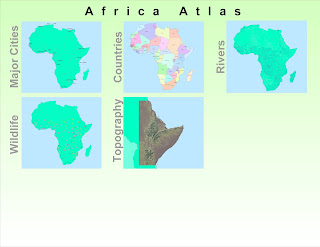1. Spatial Statistics Tool
For part one of lab 10, the spatial statistics tool I decided to choose was analyzing patterns; the Average Nearest Neighbor Tool on Lab 4 exercise 5a. According to "tool help," this tool calculates a nearest neighbor index based on the average distance from each feature to its nearest neighboring feature and the results are accessible from the results window. This tool retrieves five values consisting of the observed mean distance, expected mean distance, nearest neighbor index, z-score, and p-value.
 |
| Map 15 A |
 |
| Map 15 B |
 |
| Map 16 A |
 |
| Map 16 B |
 |
| Map 16 C |


































